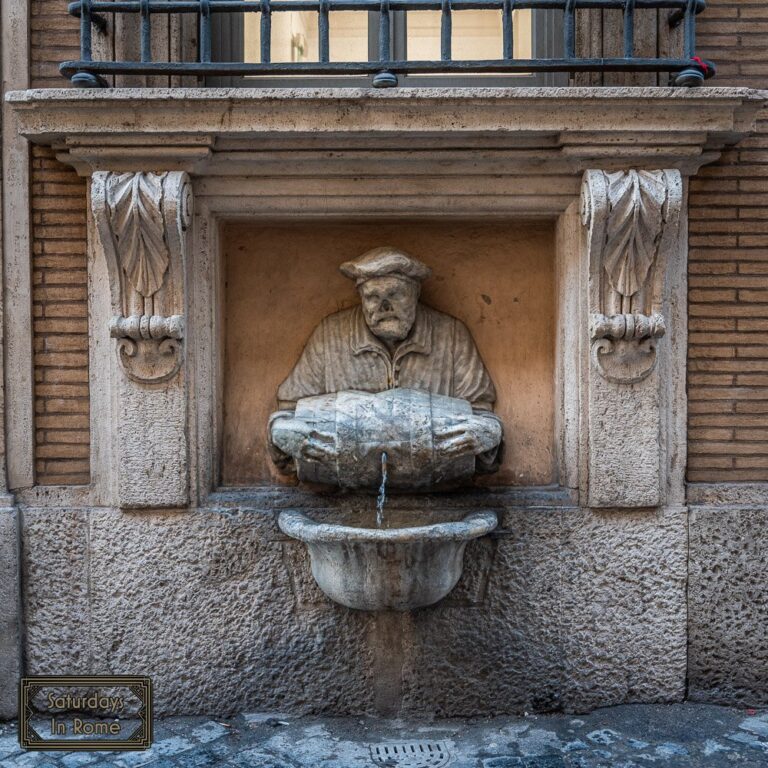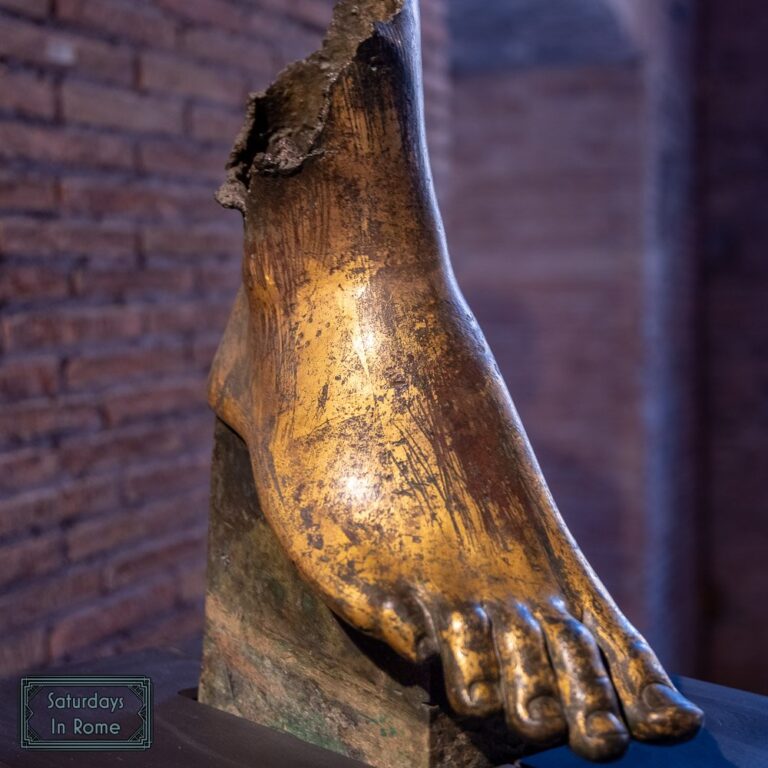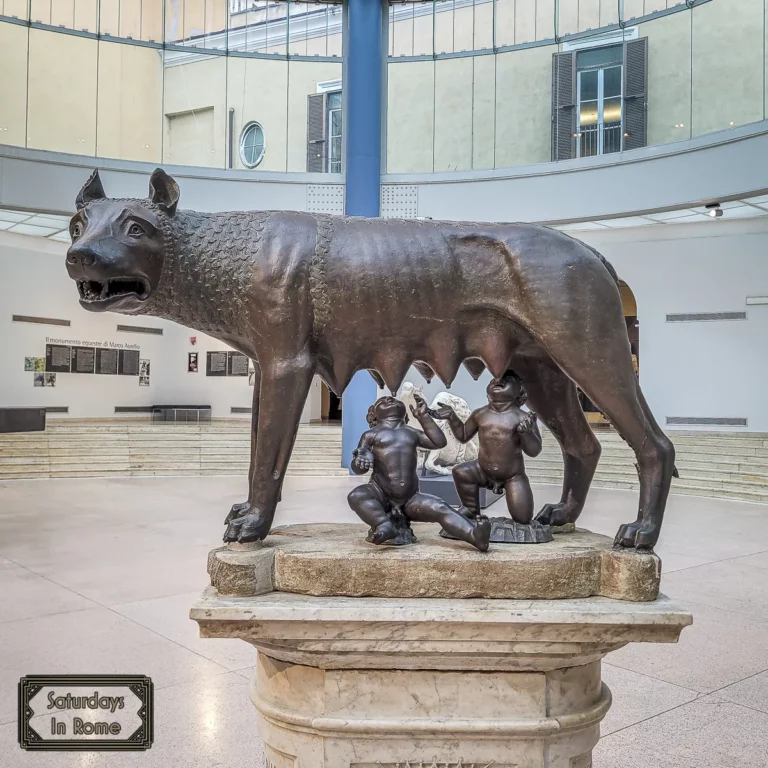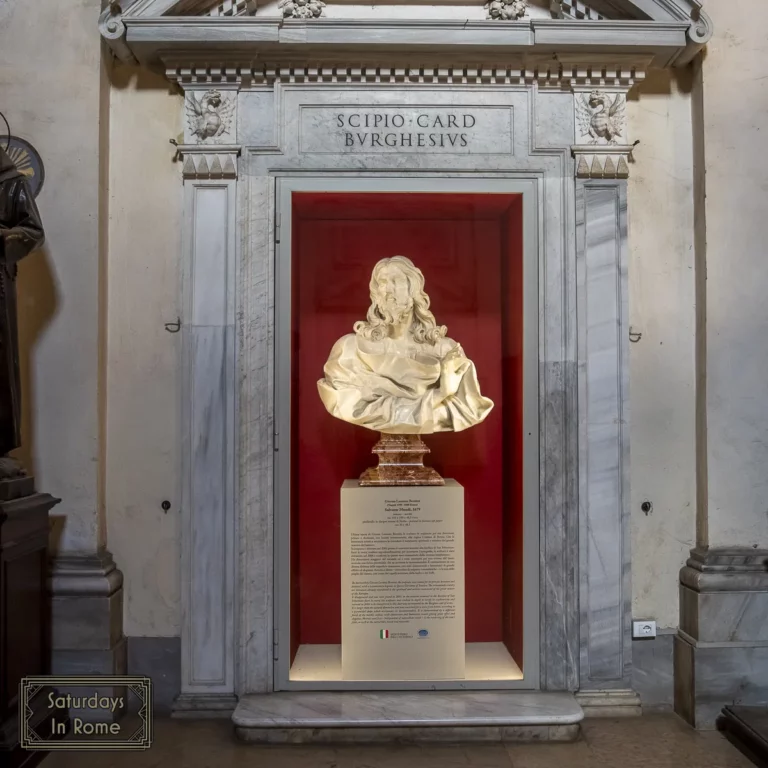Cooking with Cured Pork Cheeks (a.k.a. Guanciale)
Guanciale, which is cured pork cheek, is popular in Roman dishes and can be an amazing addition to any pastas, vegetable dishes or soups.
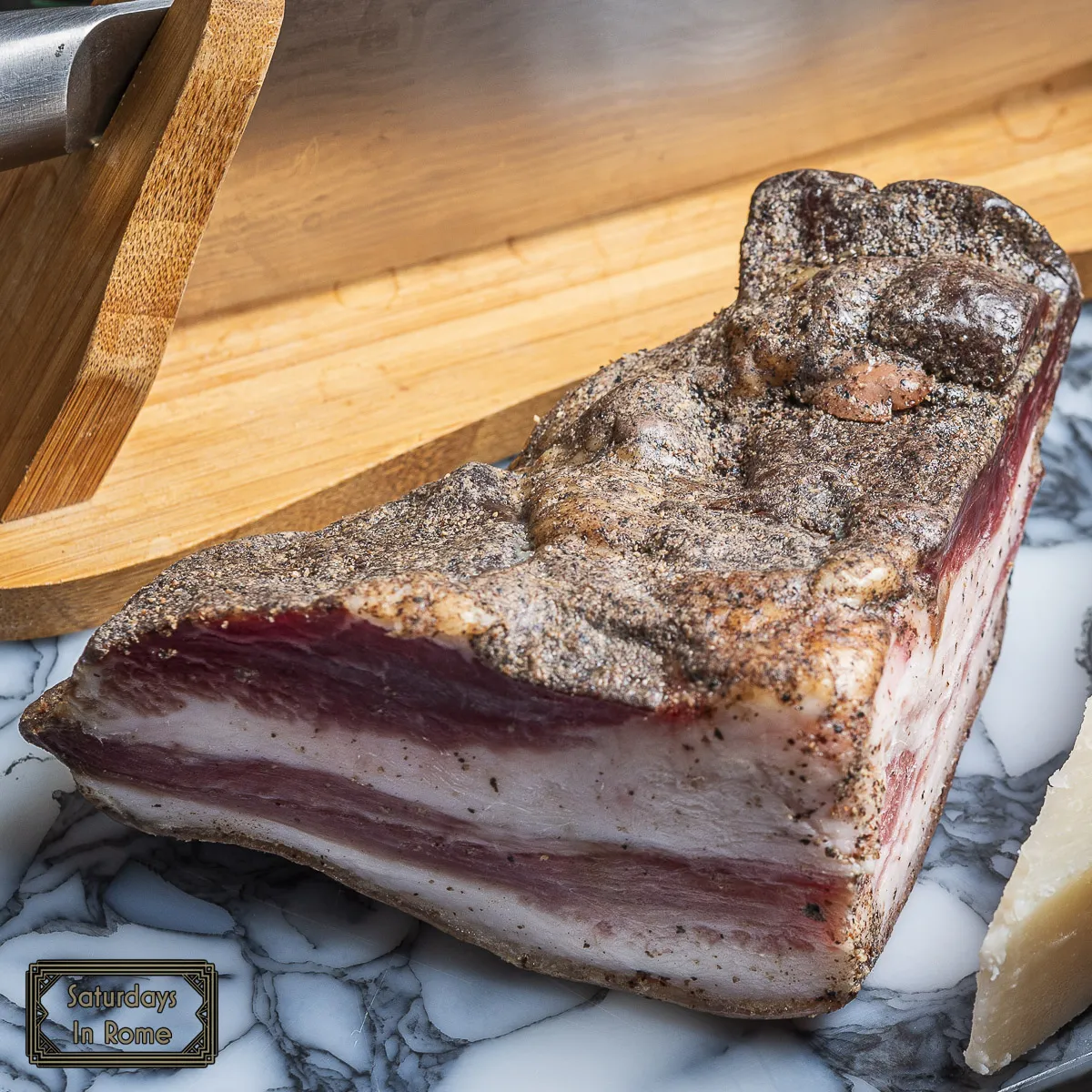
When we first moved to Rome we thought we knew a lot about Italian food, but the reality has been a continuous education on Italian food that you don’t often find in the US. Among the foods that were an amazing discovery for us was guanciale, or as it is known in the US: cured pork cheek.
This amazing meat is added to some popular and traditional pasta dishes here in Rome and it adds a complex and distinct flavor that I crave on a recurring basis, so it is a good thing we live in a place where it is easy to find.
Bamboo Cutting Board Set
These durable cutting boards are easily cleaned after being used for all your meat, veggies and fruit.
What Kind Of Meat Is Cured Pork Cheek?
Cured pork cheek, known as Guanciale in Italy, is made of pork jowls and cured with salt, pepper and other spices. It is cured for a longer period (3 weeks) than Pancetta (2 weeks) and the result is a dryer meat with a stronger, unmistakable flavor.
The meat is typically sold in a chunk or slab, then it is sliced into battens, or cubed, and sautéed until it is lightly brown and crunchy. The rendered oil is often used to flavor other parts of the dish, like pasta or used in a salad dressing.
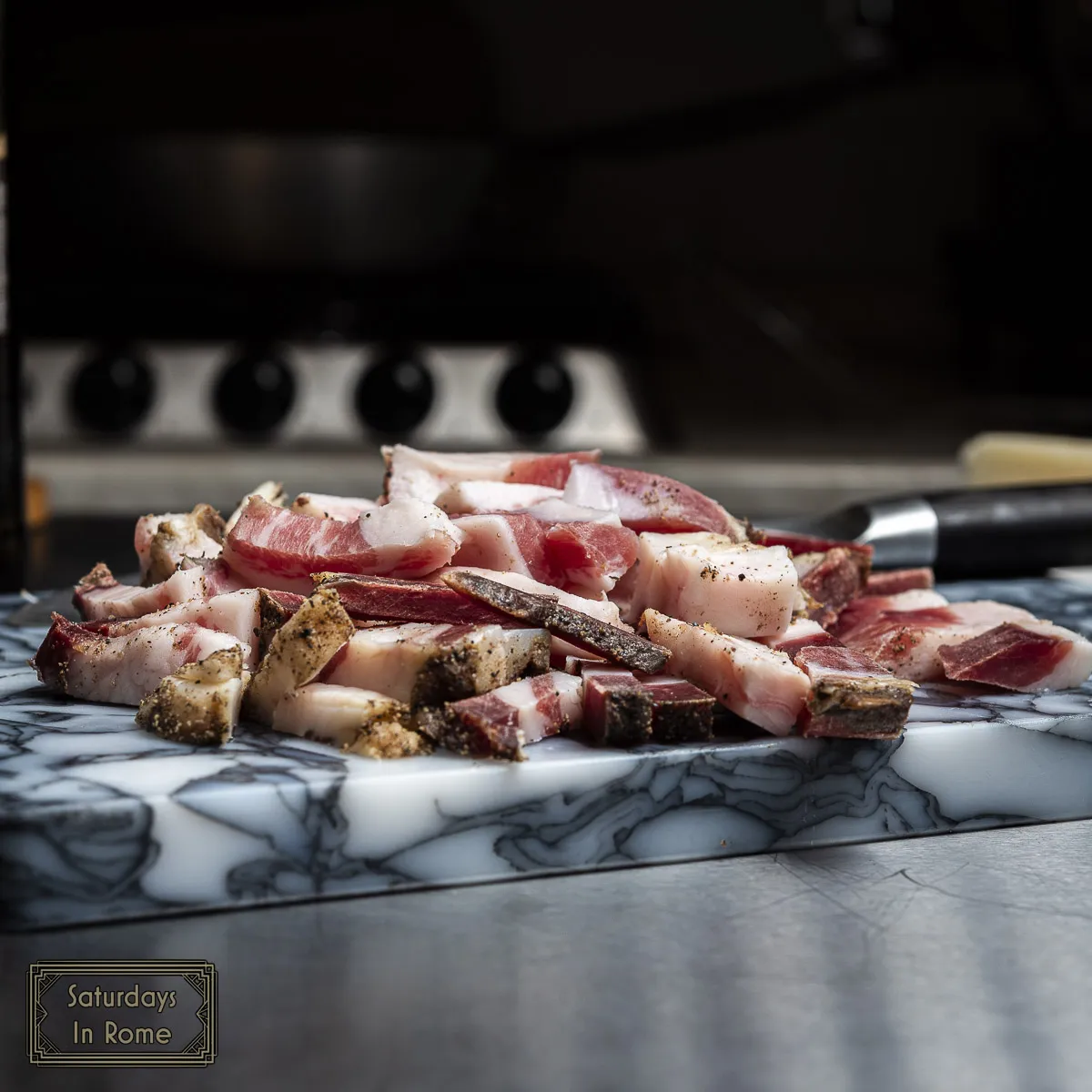
Why Was Guanciale Banned?
Since the 1970s, there was a ban on cured pork products from Europe driven by a fear of livestock illnesses. The ban was lifted for Italian producers that were able to pay for a certification that cost up to $100,000. This expense was too much for smaller, more artisanal producers, so only industrial producers with lower quality products were made available in the US for years. In 2013, the US Department of Agriculture relaxed the ban, which has resulted in an increase in the number, variety and quality of Italian Salumi available in stores and restaurants.
Santoku Knife
The Santoku style knife is my favorite when I’m cooking and Victorinox makes a great one!
Are Pork Cheeks Good?
Guanciale is popular here in Rome and is used in some of the most popular and iconic pasta dishes you will eat on your next visit. I was amazed by the unique flavor and I have cooked with it on a number of occasions. It is about as healthy as Bacon, so I don’t make it an every-day habit, but I am always thinking about the next time I can use it.
For me, the most notable taste is the peppery flavor in every bite. The curing process is a little longer (3 weeks) which results in a firmer texture, almost to the point of a jerky. There is also enough fat that the buttery coating in your mouth if you ate it uncooked would stay with you for quite a while. Usually, the cured pork cheeks are sautéed to the point of being crunchy, which is also how I like my bacon cooked, but unlike bacon, the meat isn’t smoked so the peppery flavor really shines through.
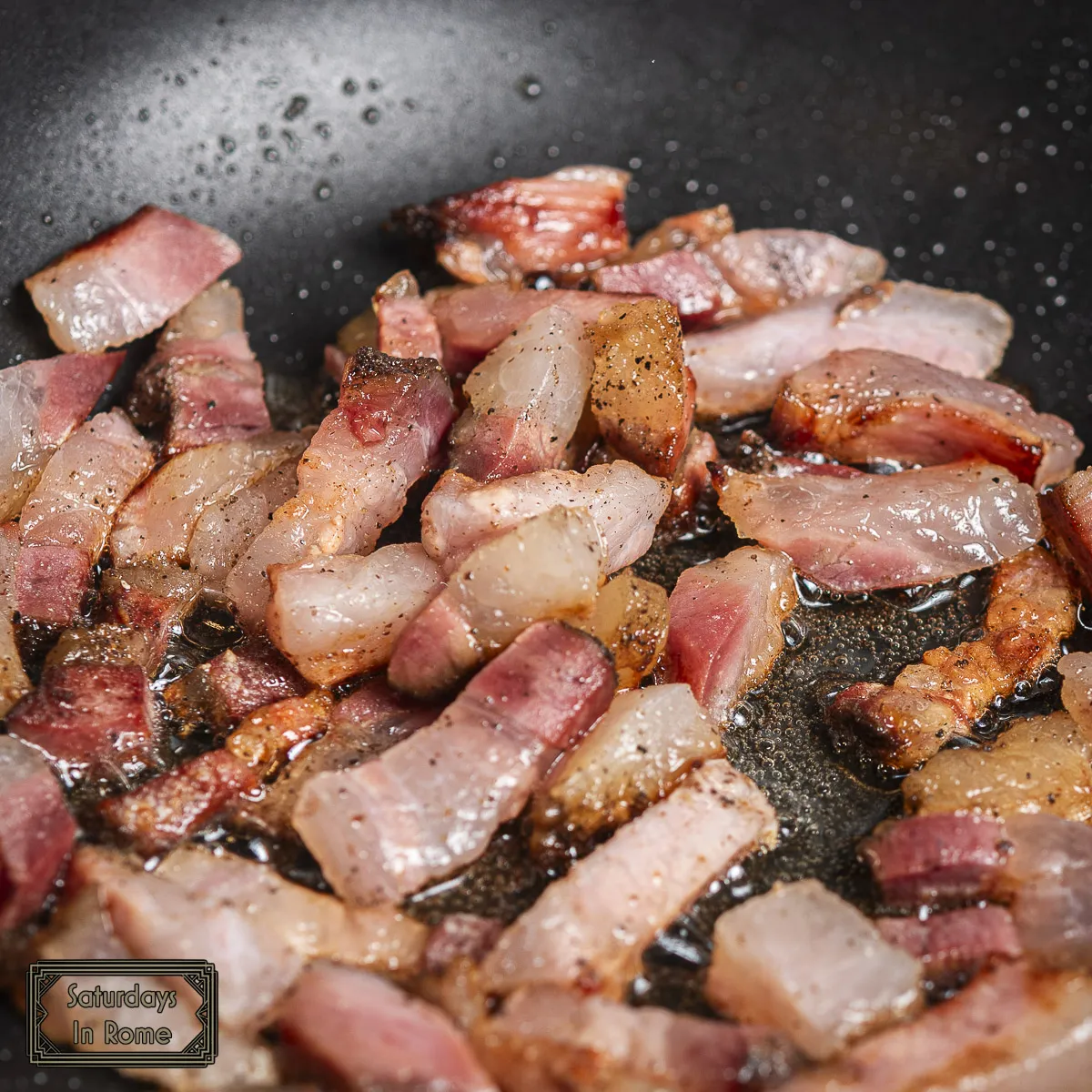
What Is The Difference Between Pancetta And Guanciale?
The major difference between Pancetta and Guanciale is where on the pig it comes from. Guanciale is pork cheek (a.k.a. jowl) and pancetta is more similar to bacon as it comes from the pork belly. Both are cured, but Guanciale is typically cured for a longer period, reducing the water content and making the resulting meat more firm. Guanciale also is cured with more seasonings in addition to salt, like different peppers and fennel. Pancetta has a more delicate flavor without the strong seasonings.
What Is The Difference Between Bacon And Guanciale?
The major difference between American Bacon and Guanciale, like Pancetta, is where on the pig it comes from. Guanciale is pork cheek (a.k.a. jowl) and bacon is like pancetta as it also comes from the pork belly. Both are cured, but Guanciale is typically cured for a longer period, reducing the water content and making the resulting meat more firm. Guanciale also is cured with more seasonings in addition to salt, like different peppers and fennel.
The biggest flavor difference is because Bacon is smoked and Guanciale is not. Bacon is often used as a substitute when Guanciale is unavailable, but the flavor is so different, I believe it changes the flavor profile of the dish, even if the result is delicious. In other words, I don’t believe you have ever tasted Roman Carbonara unless you’ve eaten it with guanciale.
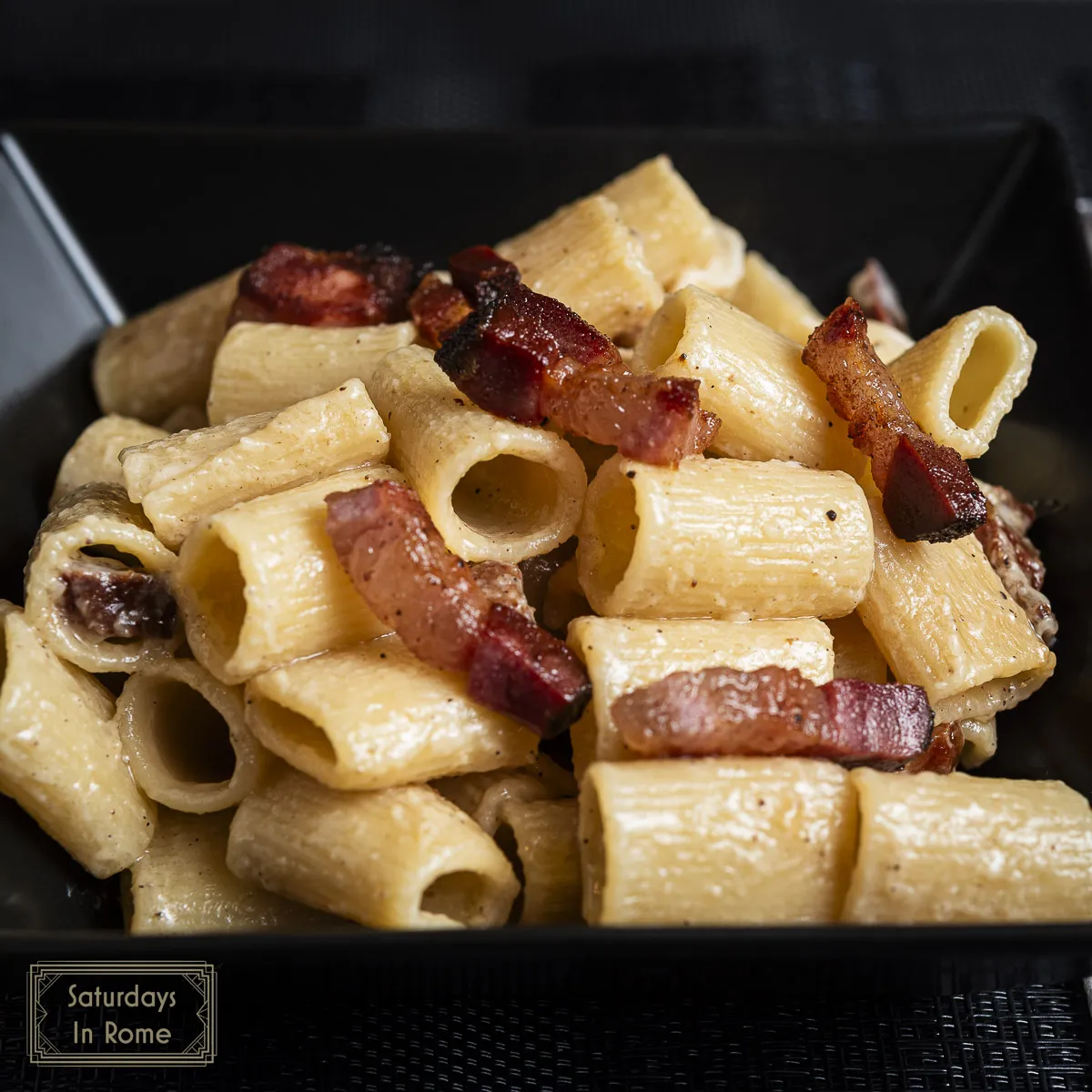
What Popular Dishes Use Guanciale?
Guanciale is very popular in Rome and is a dominant ingredient in three of the four classic Roman pasta dishes. These dishes are variations of each other, but are unique enough to stand on their own. Cacio e Pepe is the one Roman pasta dish that doesn’t include guanciale, but the others are:
- The simplest traditional Roman pasta dish is the somewhat less popular Pasta alla Gricia. The lack of popularity isn’t because there is anything wrong with it, but only because Carbonara is very similar, but so much better. This dish uses Rigatoni or Mezze Maniche pasta with a sauce made from sautéed guanciale and Pecorino Romano cheese.
- One of the most popular pasta dishes here in Rome and across Italy is Spaghetti alla Carbonara. It uses pasta (spaghetti or rigatoni), eggs, guanciale and Pecorino Romano cheese. The guanciale is sautéed until crunchy and the rendered fat is used to flavor the pasta. I believe this dish is more popular than Pasta alla Gricia only because of the amazing creaminess from the added eggs.
- The third traditional Roman pasta dish that uses guanciale is Bucatini all’Amatriciana, which uses guanciale, tomato sauce and Pecorino Romano cheese. The tomatoes give it a very different flavor than Carbonara and alla Gricia, but the guanciale gives it a consistent Roman taste that I really love.
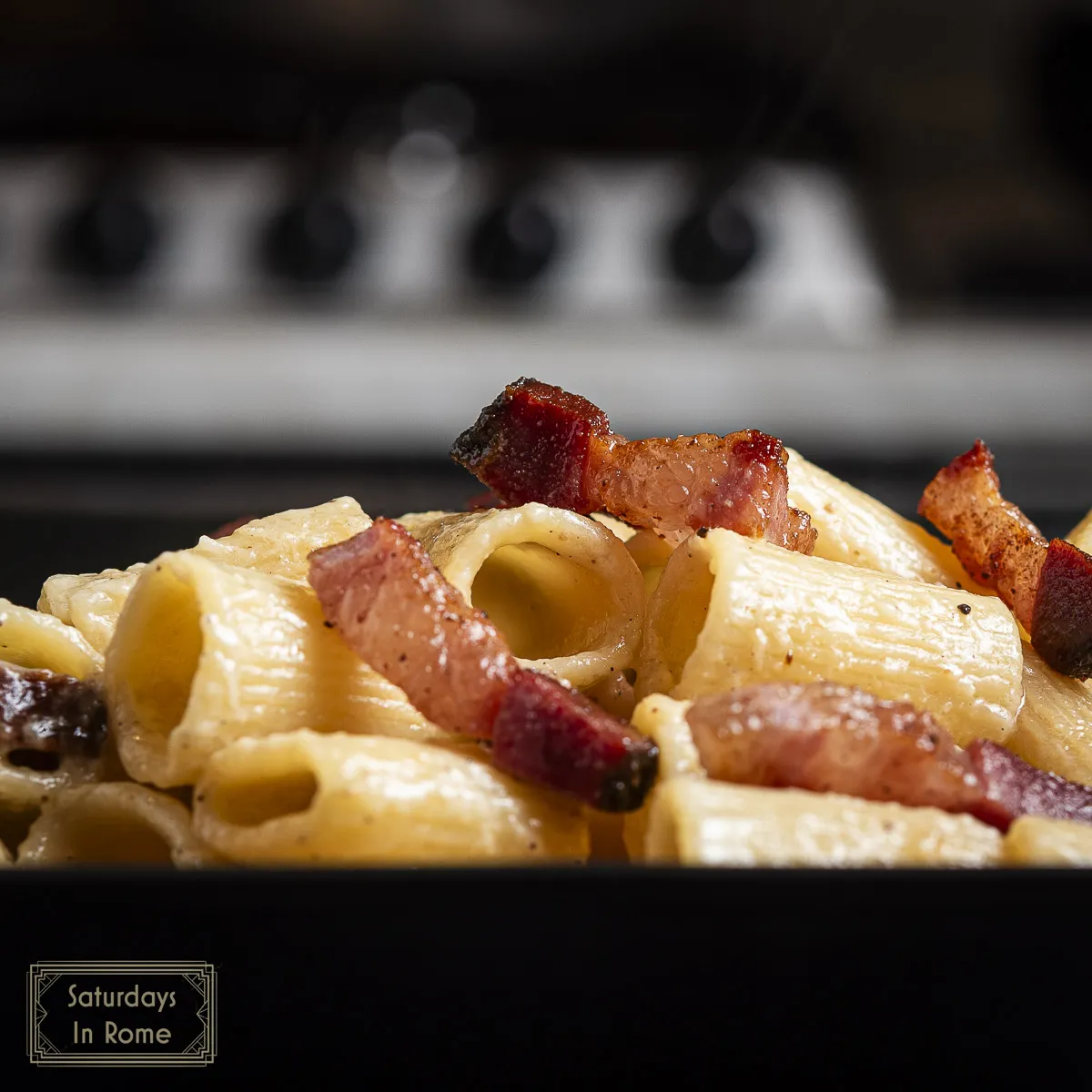
More Italian Recipes That You Should Try
If you enjoyed learning about cured pork cheek and guanciale and are looking forward to trying this in a classic Roman recipe, you should check out some of these articles:
- Cooking With Italian Ingredients Improves Everything.
- Cooking With Borlotti Beans Can Be Healthy And Delicious.
- Taggiasca Olives Are Great For Olive Oil Or For A Snack.
- Cooking With Oxtail Is Popular Worldwide, Including Rome.
- The Best Farmers Market In Rome And Around Italy.
- The Best Grocery Store Balsamic Vinegar Is A Great Addition.
- Italian Balsamic Vinegar Is Great For More Than Dressing.
- This Italian Hazelnut Spread Is Artisan, Not Industrial.
- The Best Flour To Make Pasta Makes All The Difference.
- Can You Eat Vegetarian In Italy During Your Vacation?
- Farmers Markets In Rome Are A Great Food Culture Experience.
- Authentic Italian Pastas Will Make The Dish Perfect.




